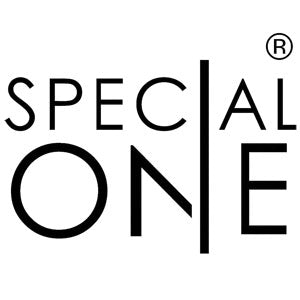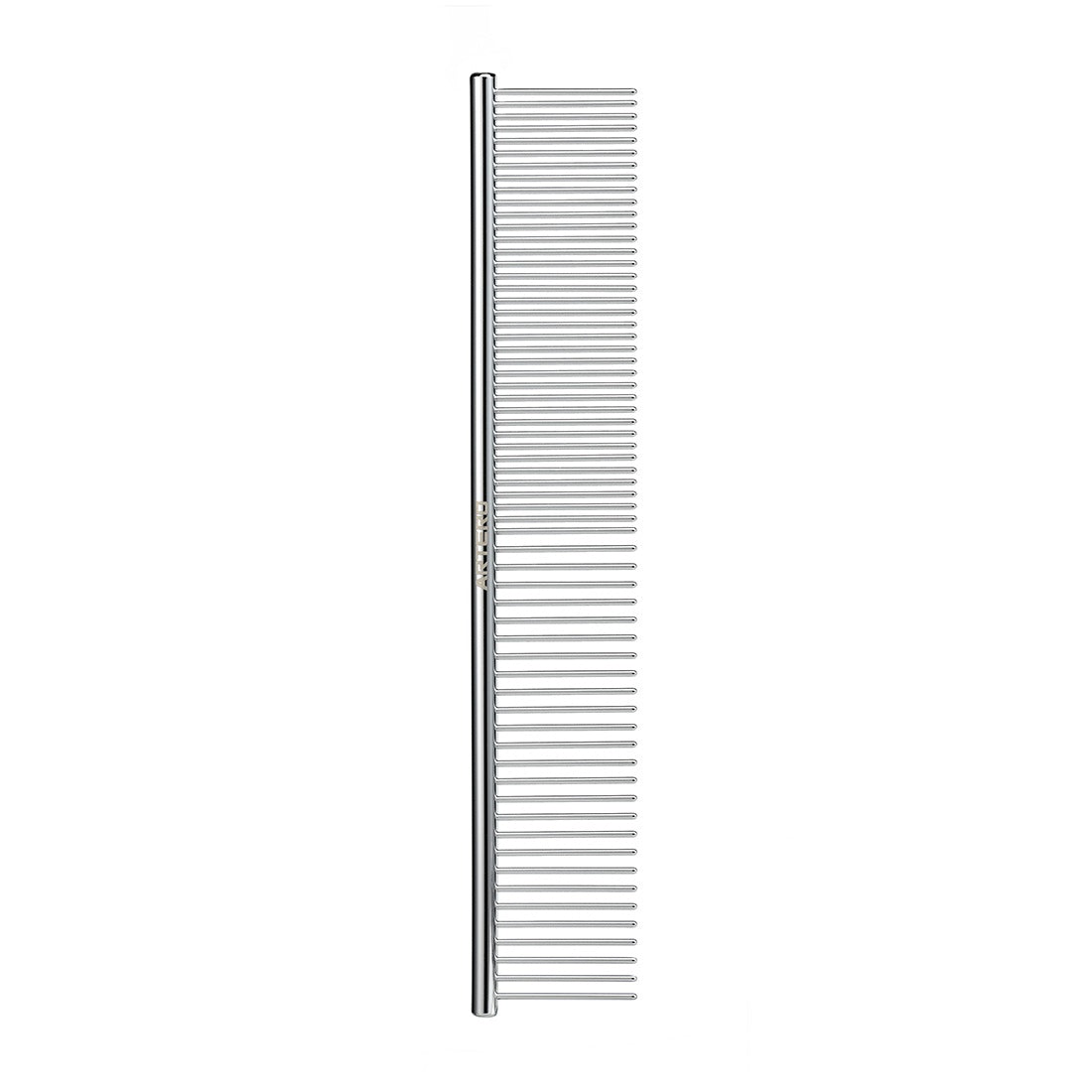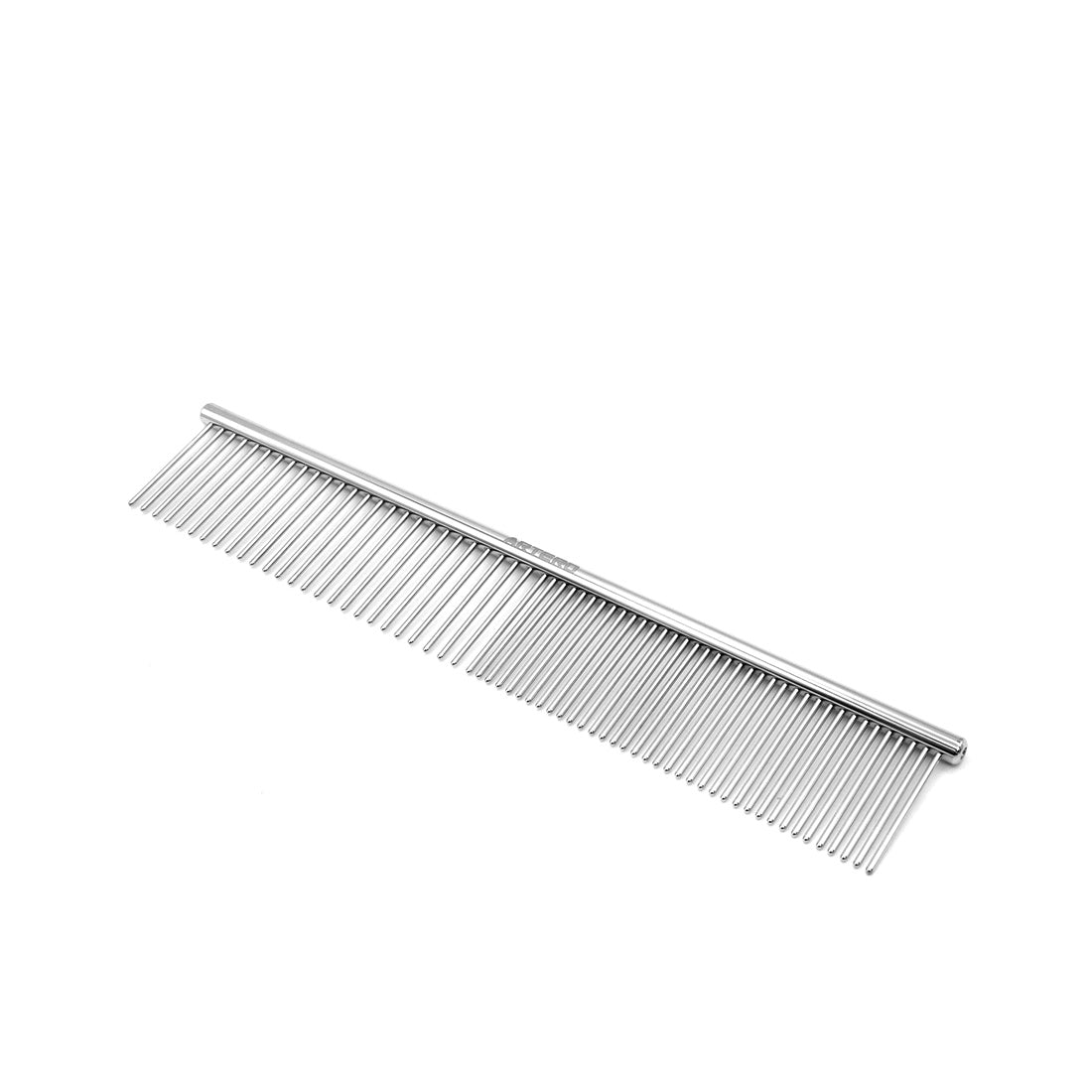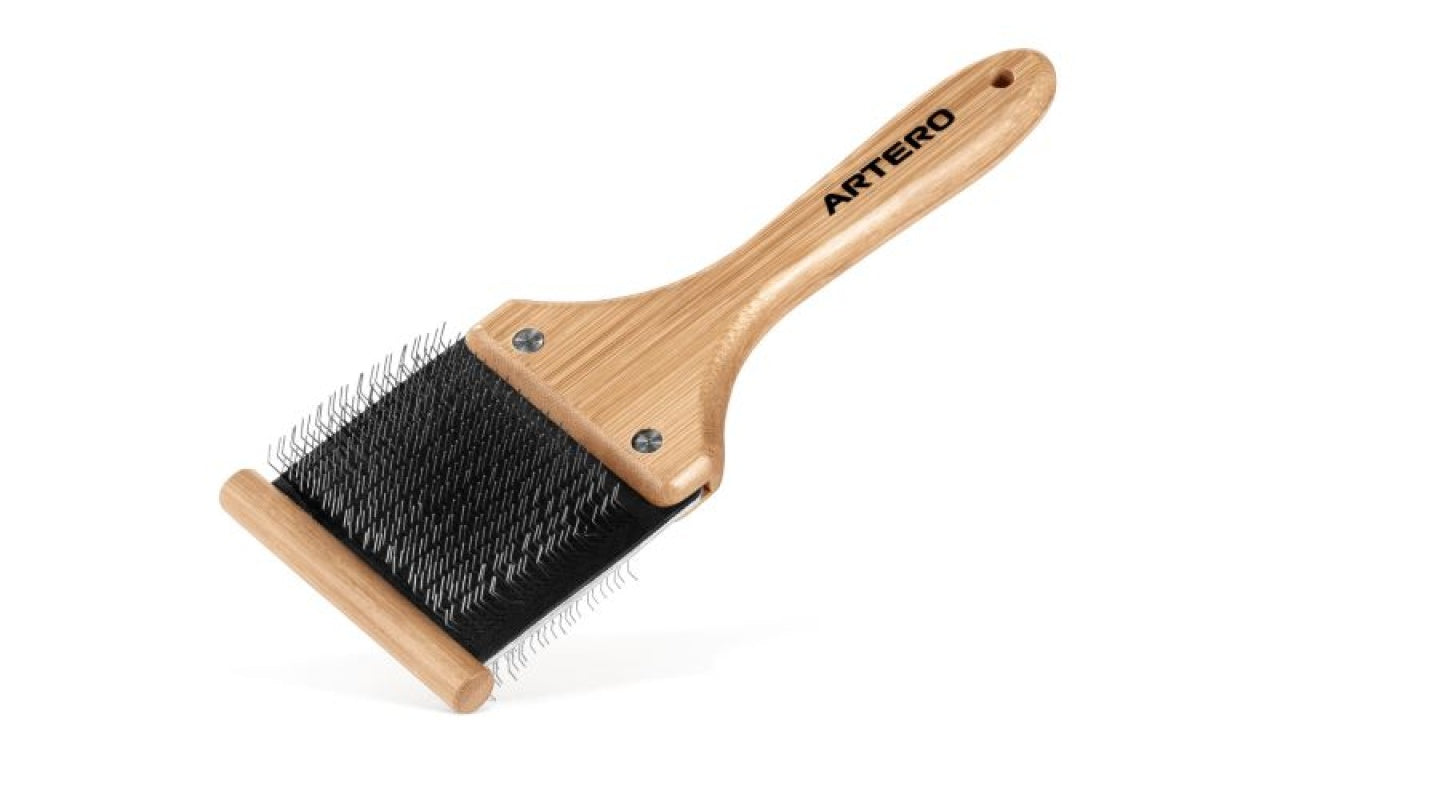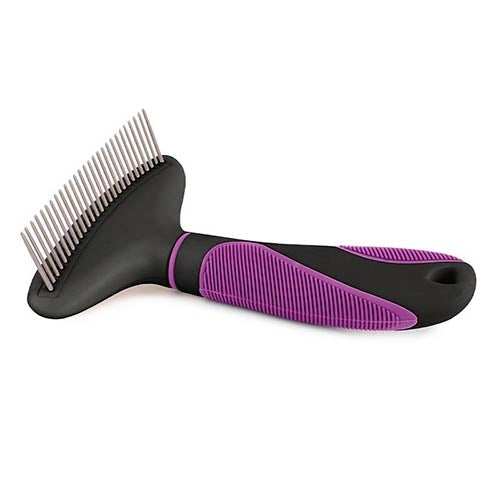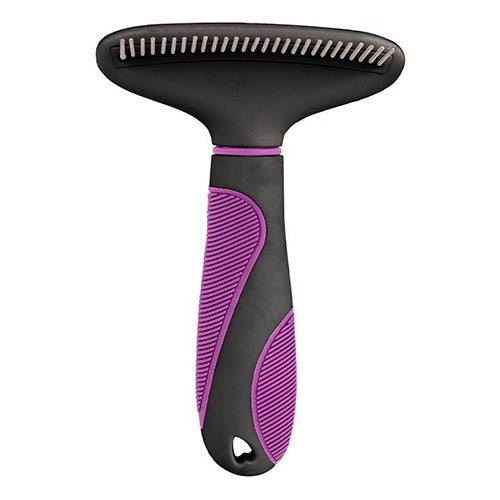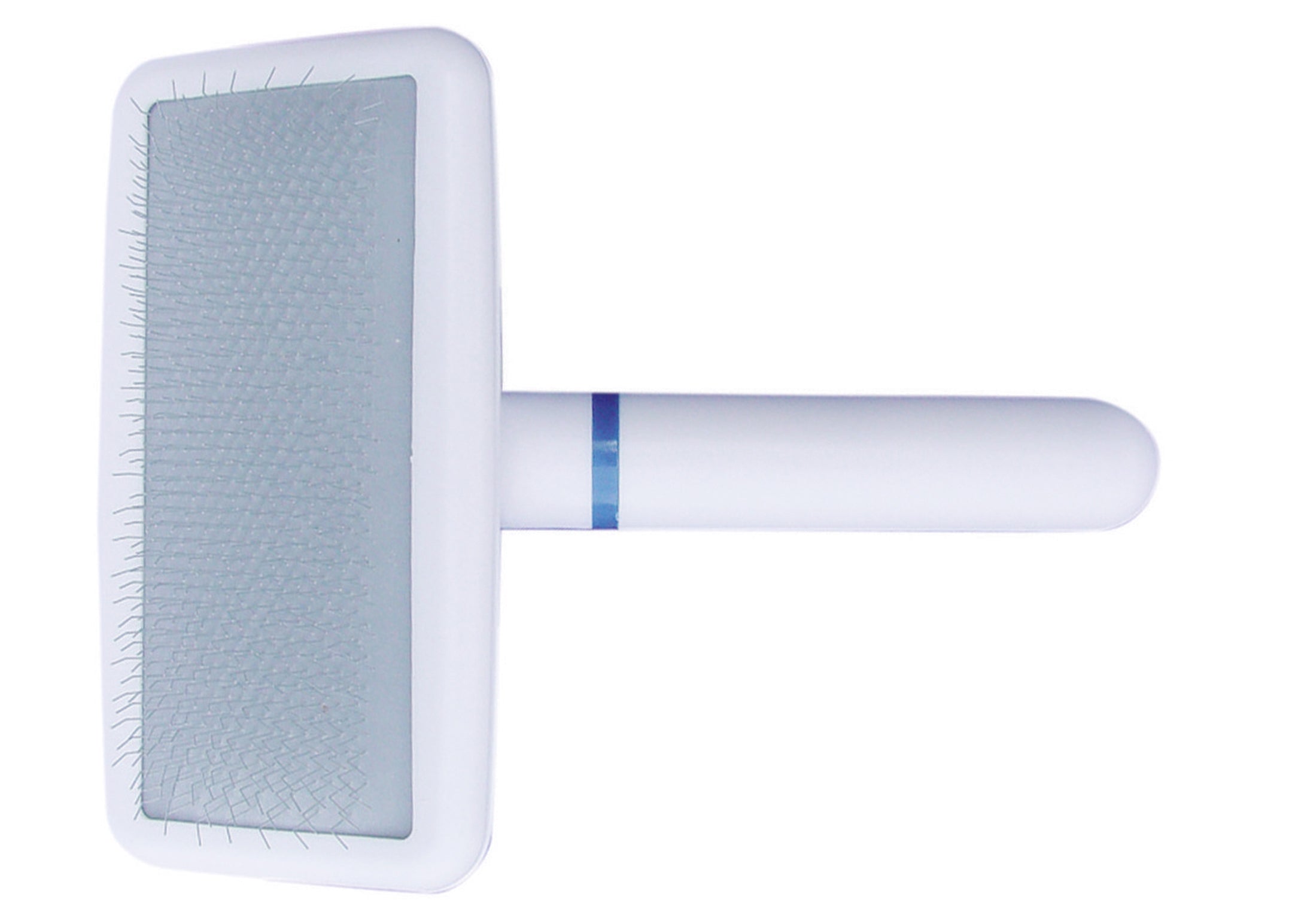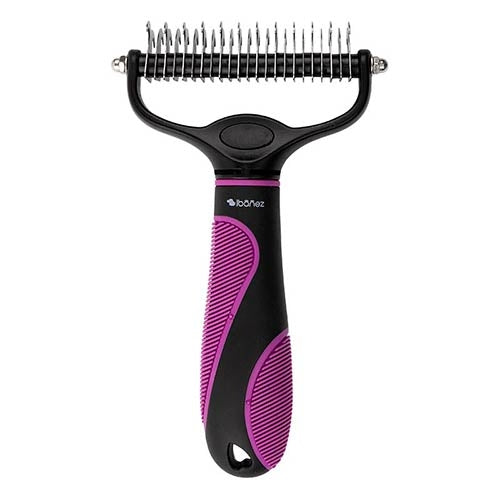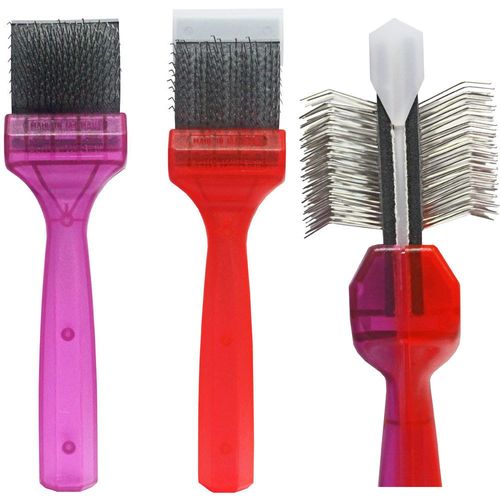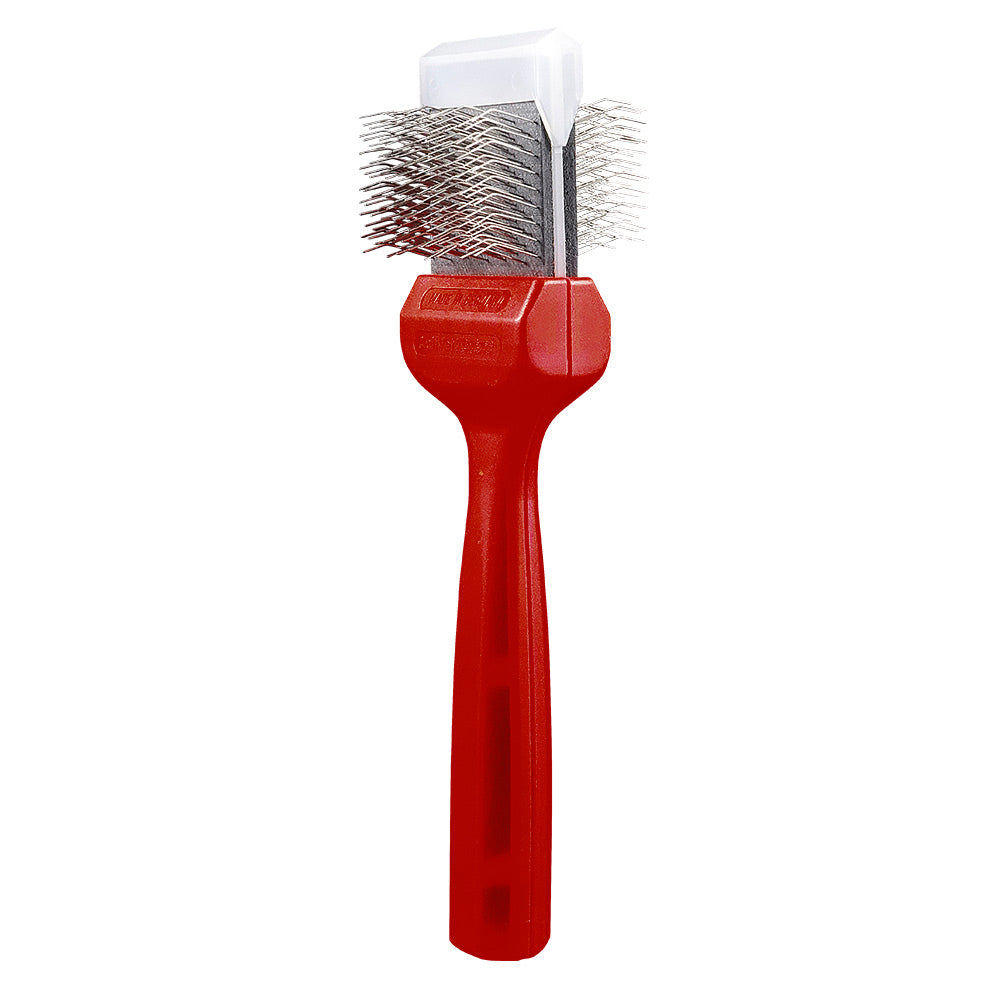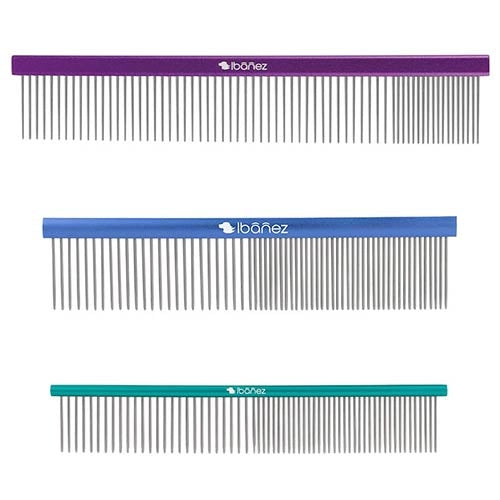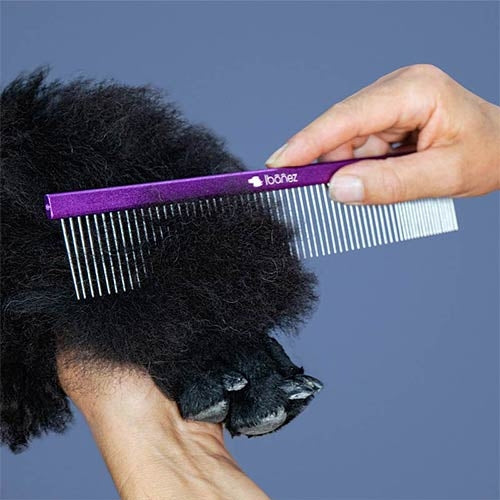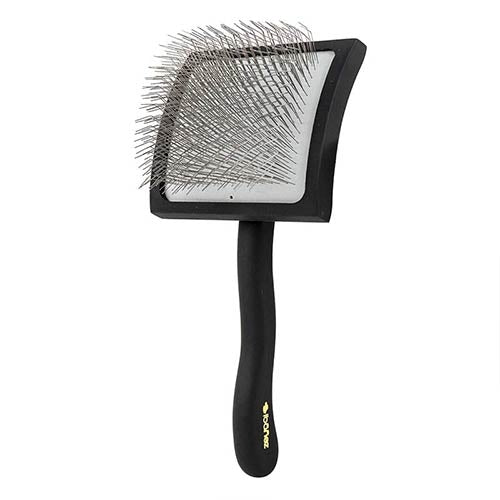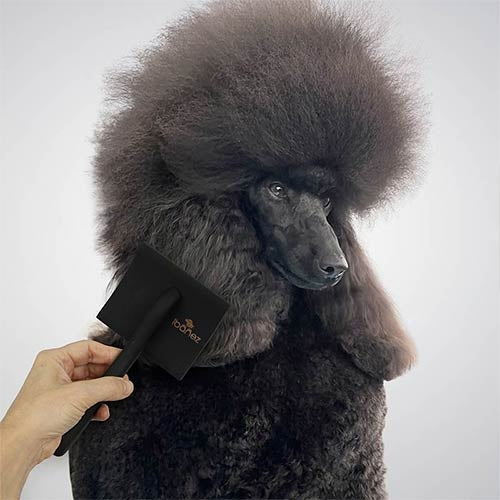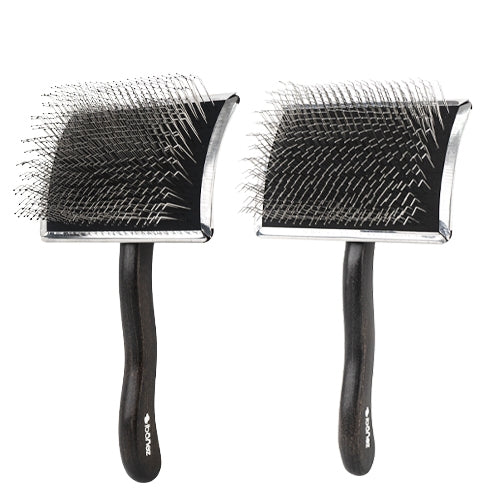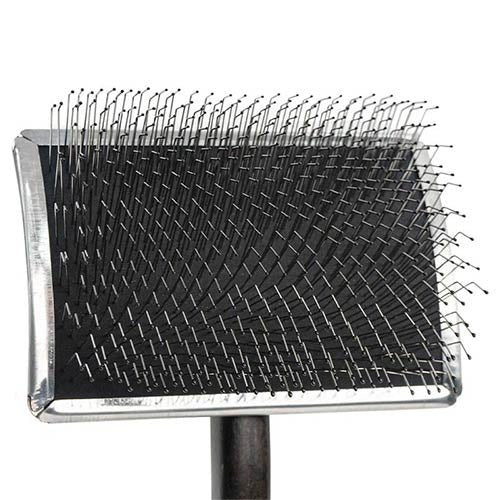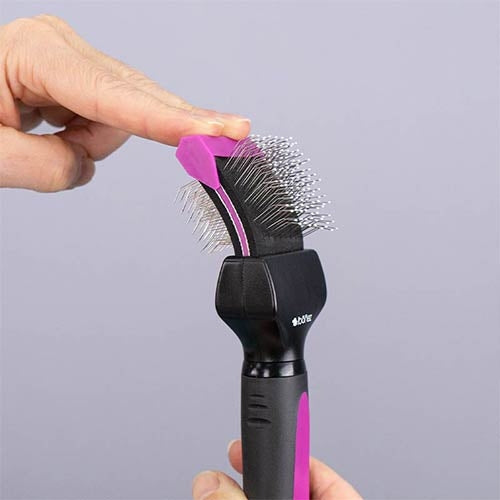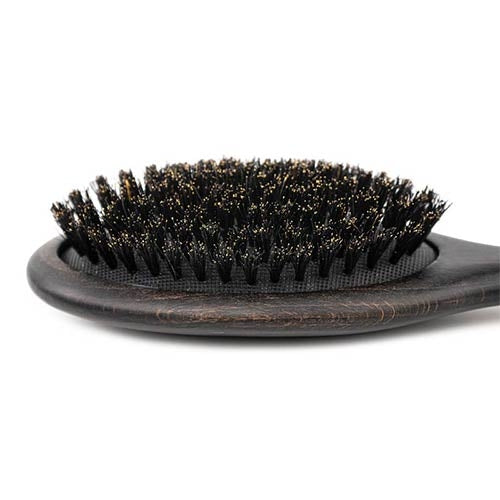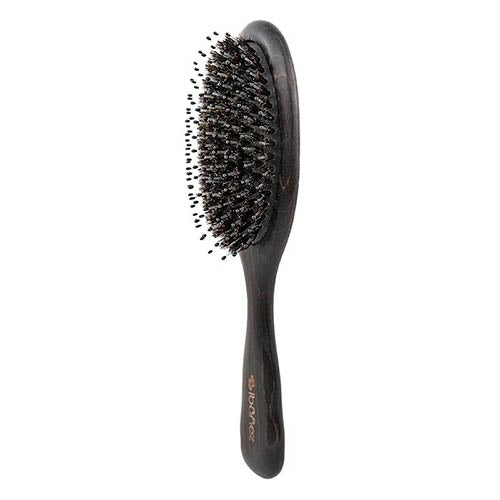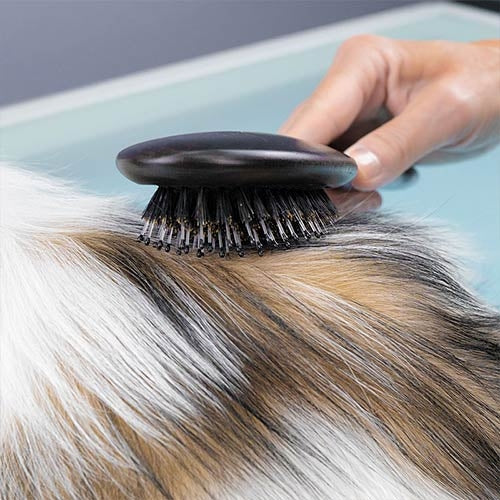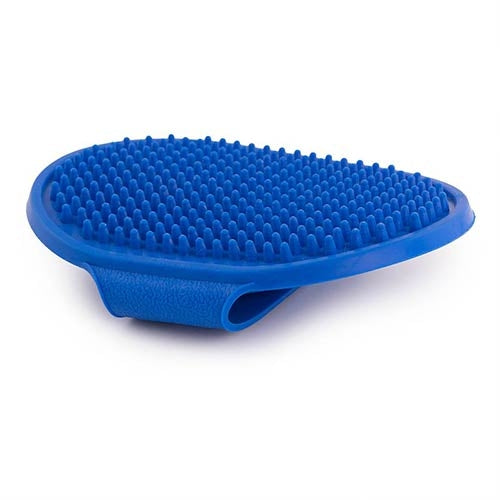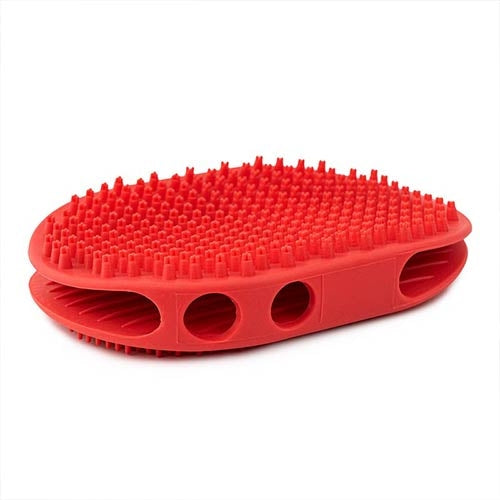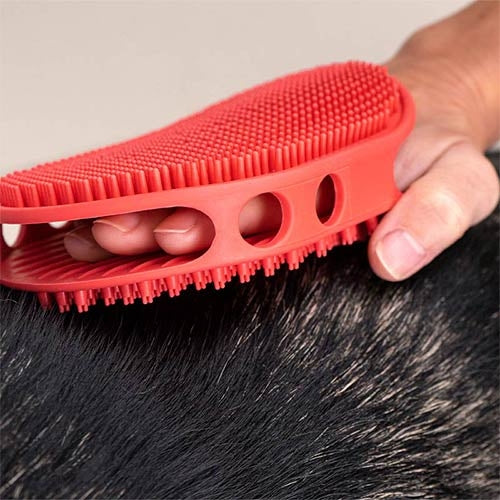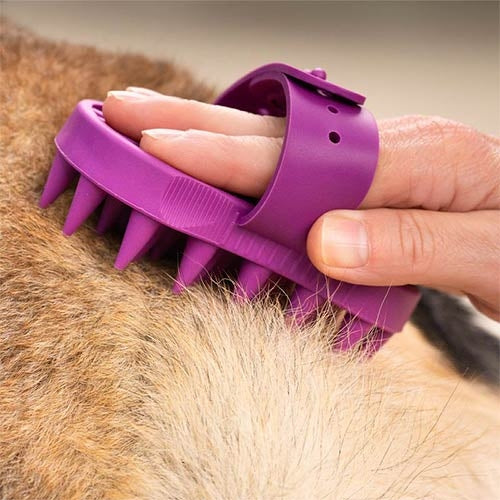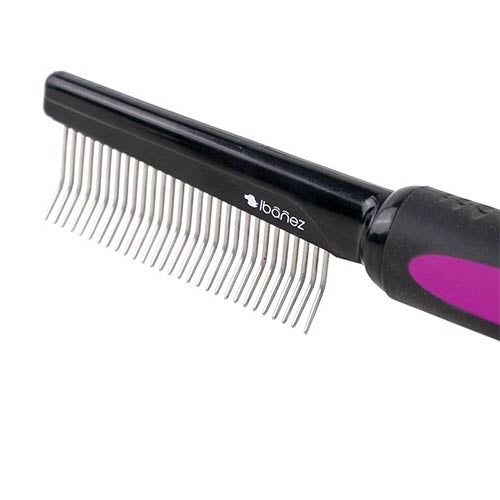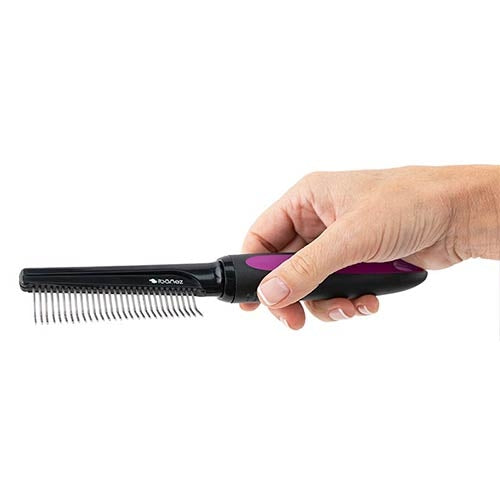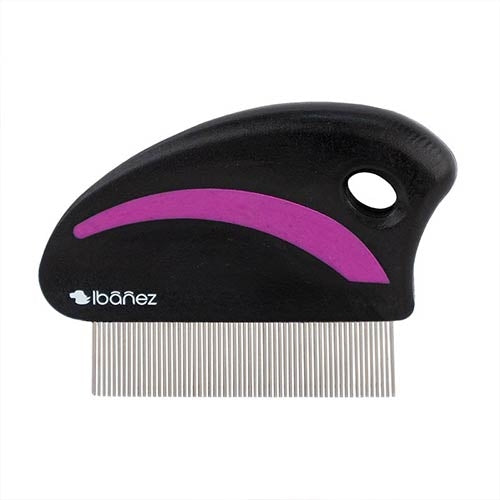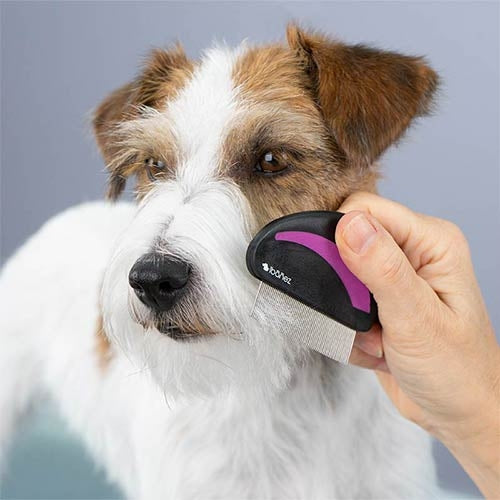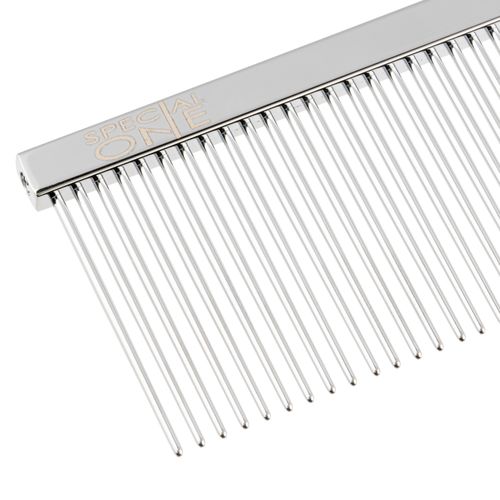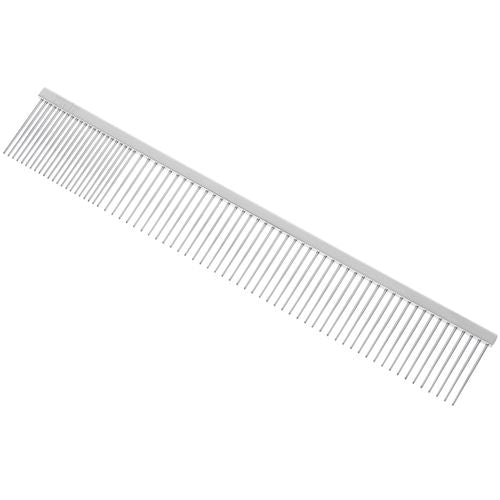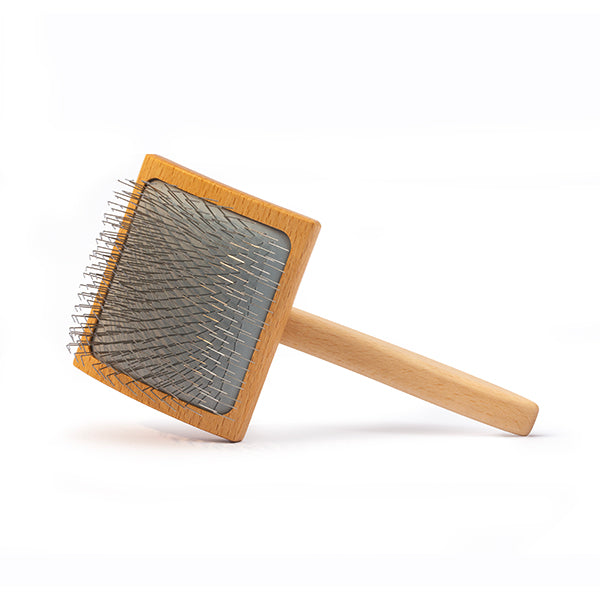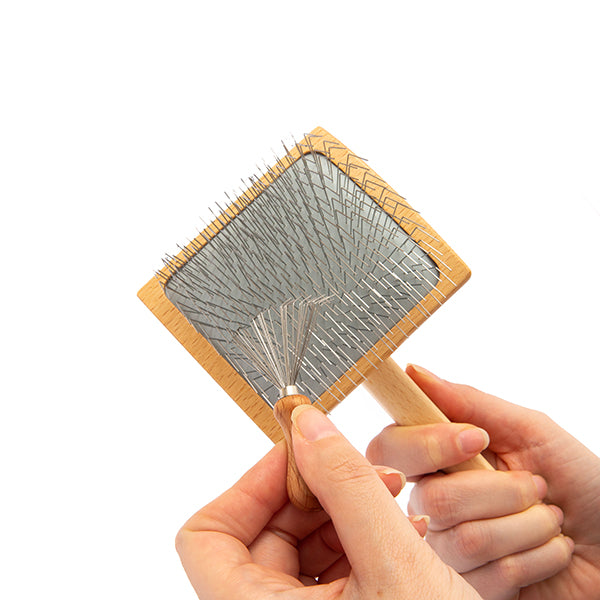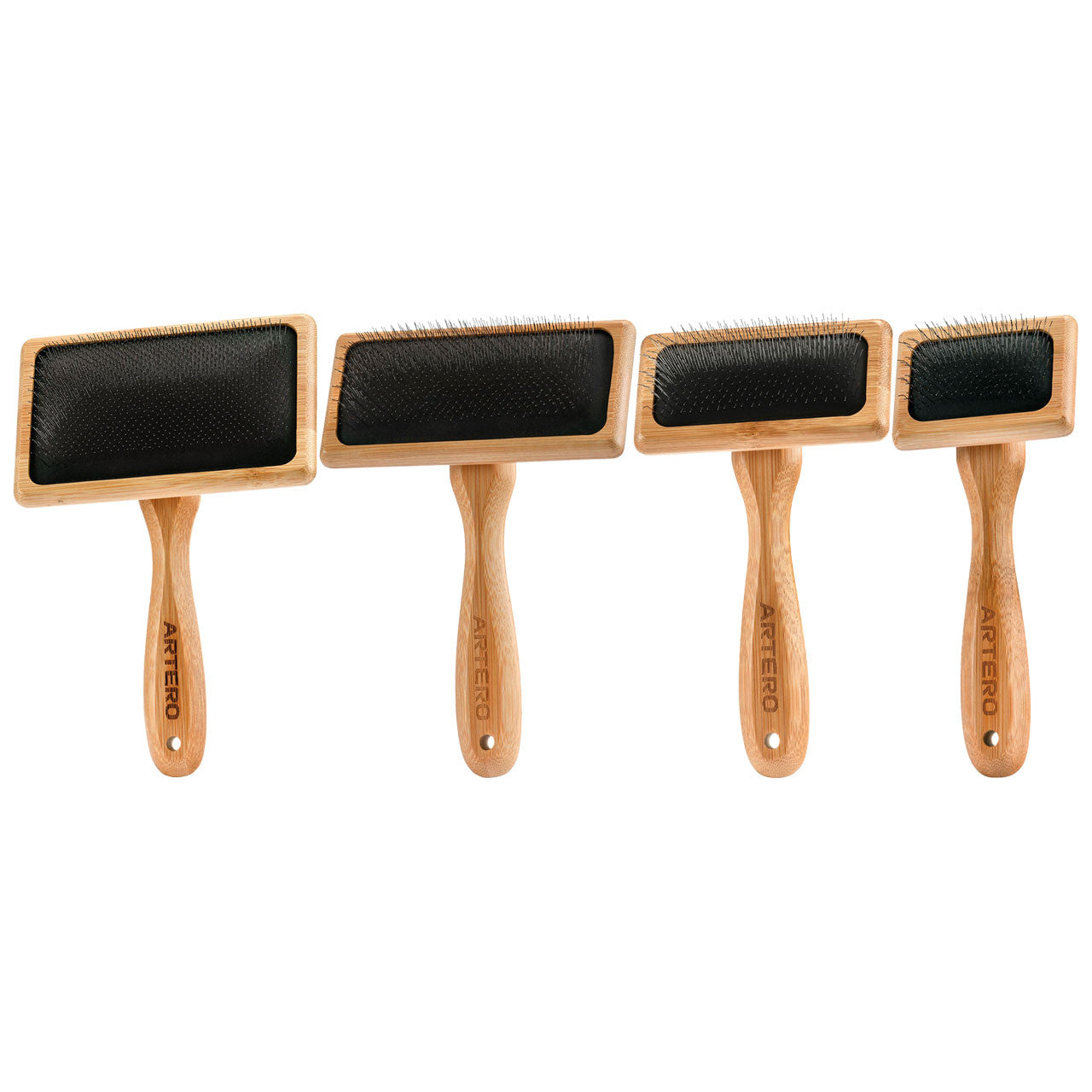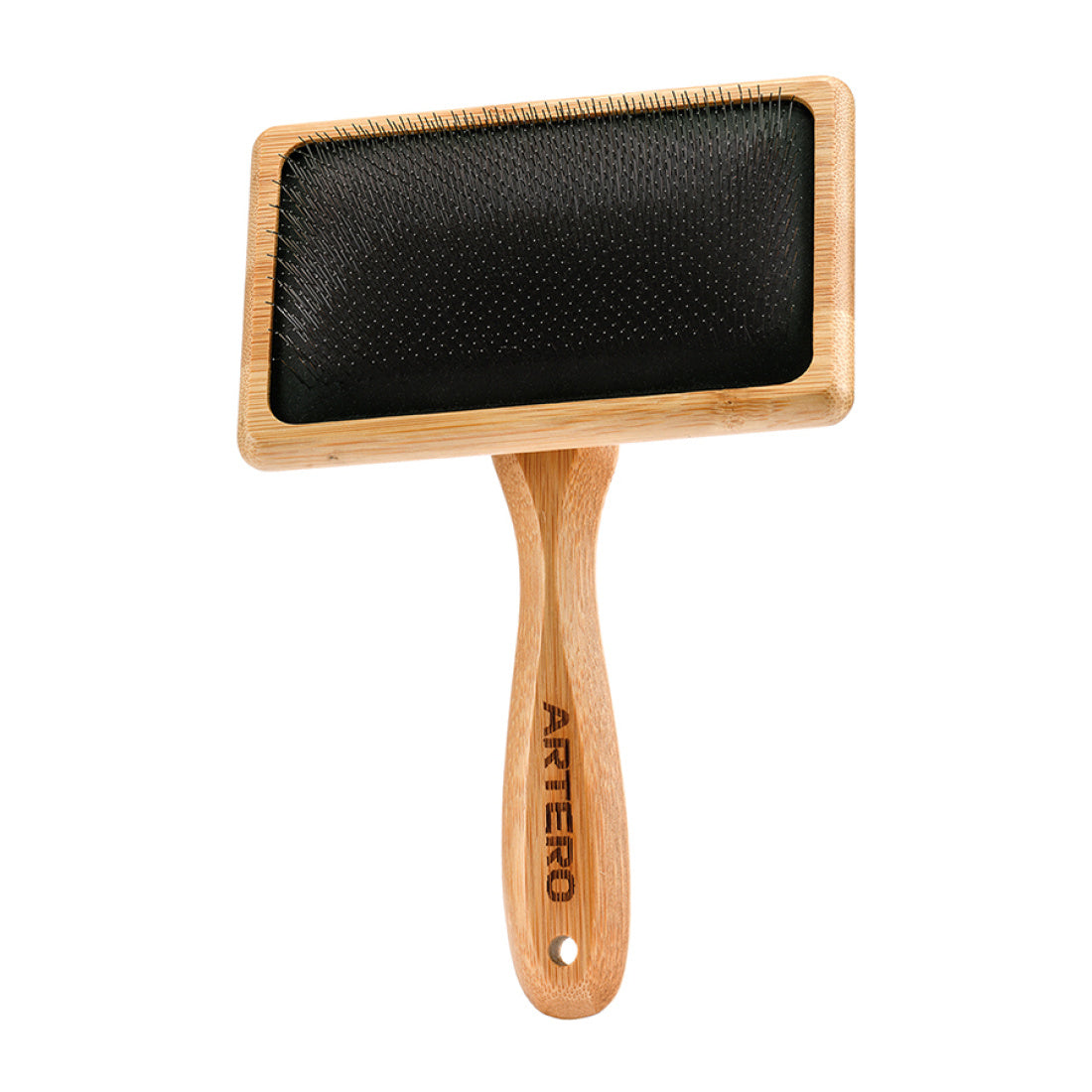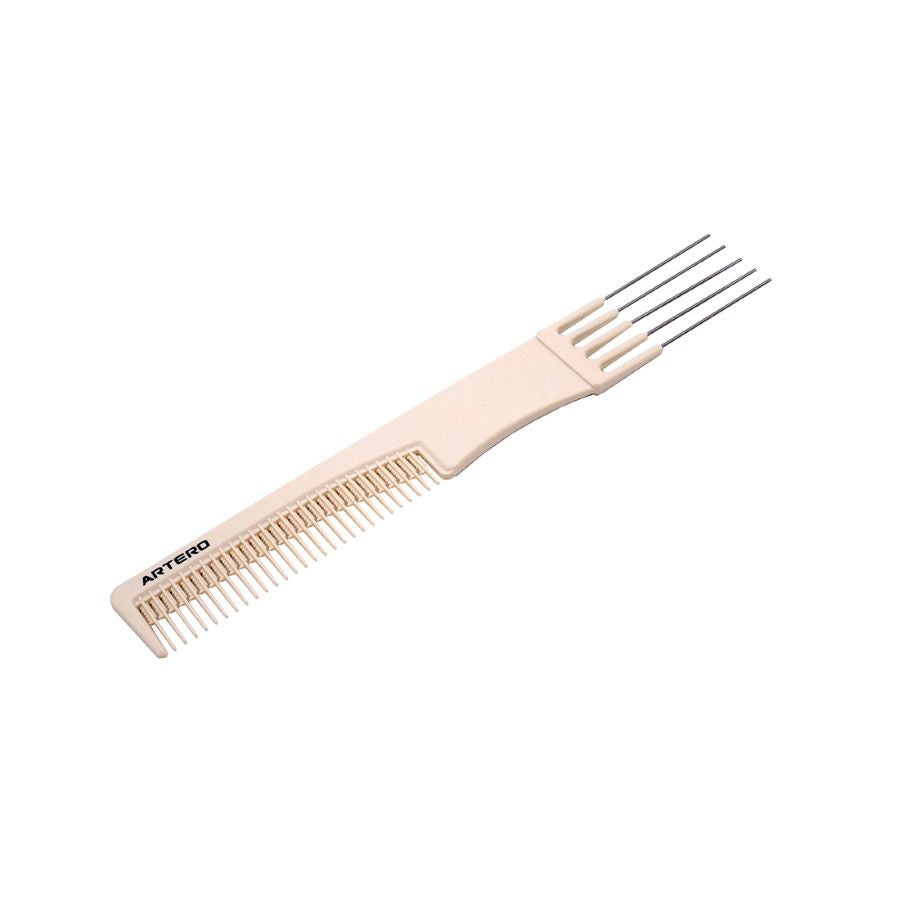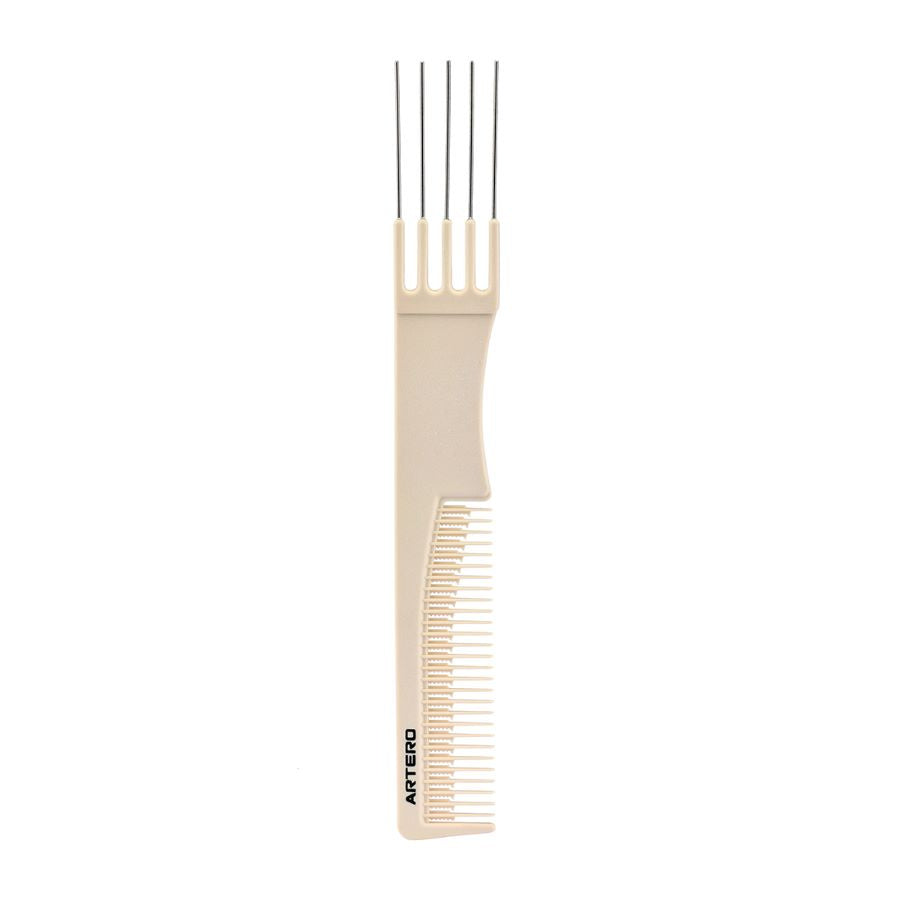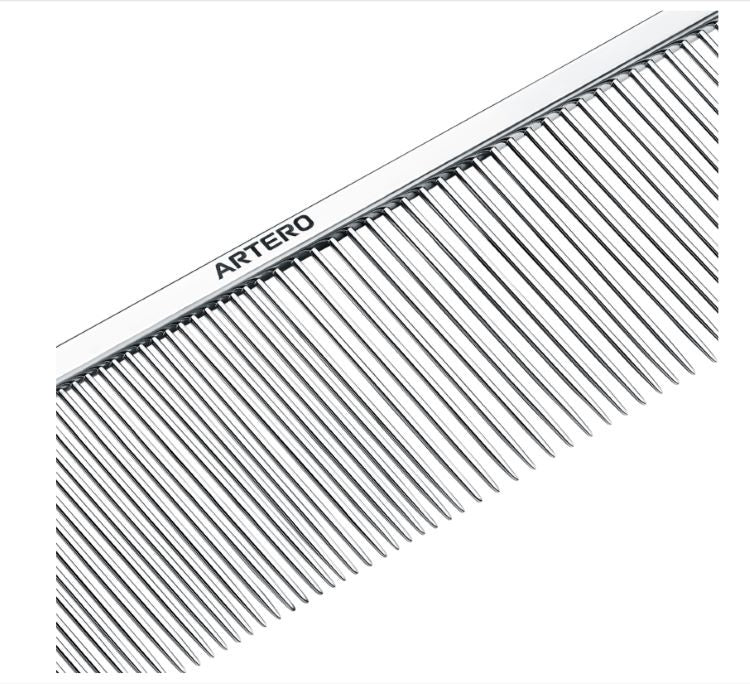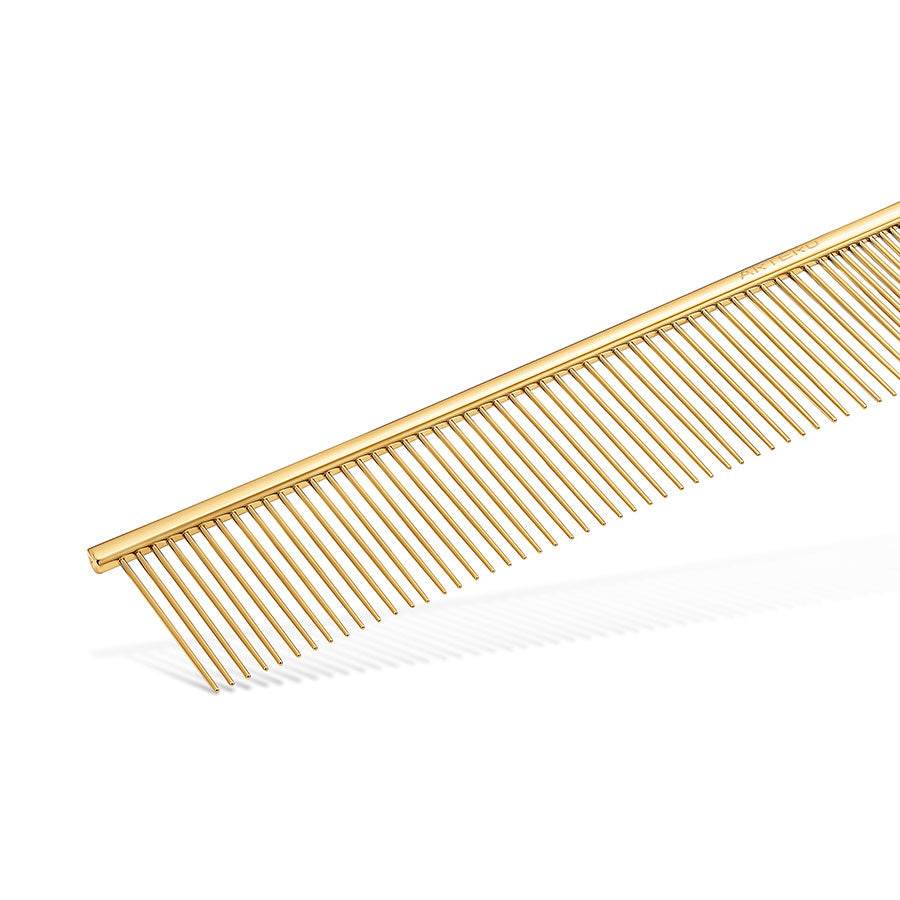Brush & Comb
It was under the Second Empire that the first groomers or more exactly the first "shearers" appeared. The fashion of the Poodle in the bourgeoisie at that time had a lot to do with it. This is where the "lion" shearing dates, still known today. Then, the shearers settled in the street on wooden boxes to carry out a more than superficial grooming which corresponded above all to a general maintenance of the dog.
The first thing you see of a dog is its coat. The health of the animal is reflected in its coat. It is therefore important to take care of it. However, we must not confuse the toilet, relating to cleanliness and therefore provided daily by the owner, and grooming which refers to aesthetics. The latter allows to highlight the morphology and the character of a breed, but also to erase the defects in order to give a perfect silhouette. For professionals, good grooming is grooming that cannot be seen, that respects the animal.
It is obvious that, to be groomed, the dog must be in good health: no contagious diseases, no skin diseases and up-to-date vaccines (especially the one against rabies, in case of bites).
Sort by
Filters

